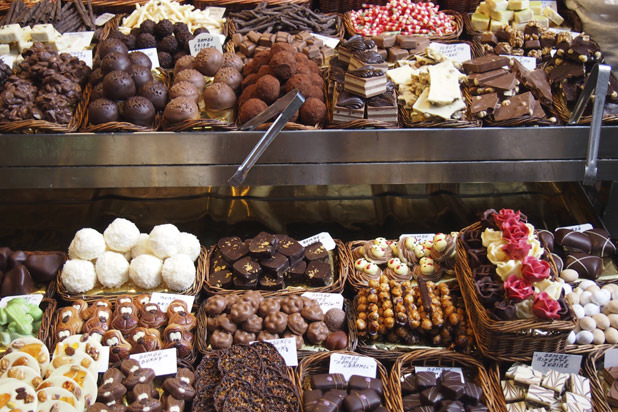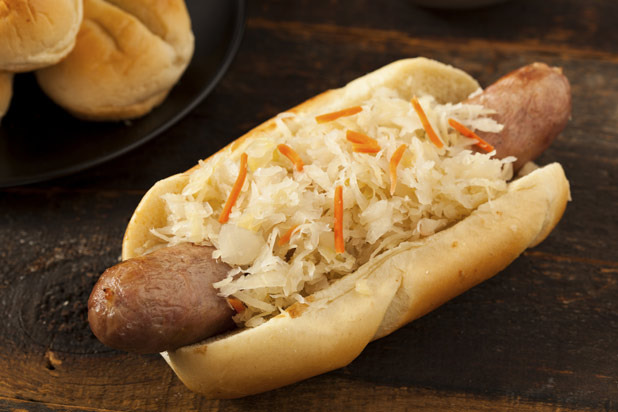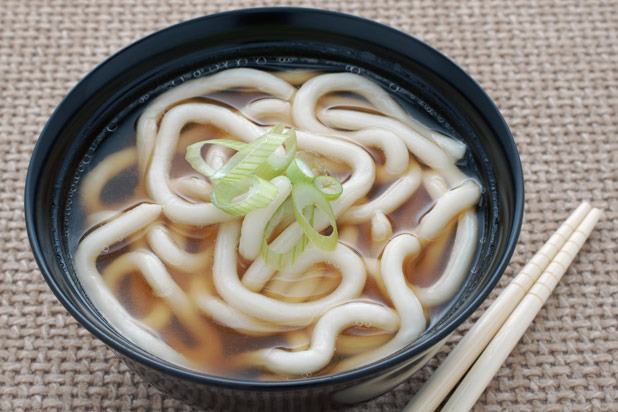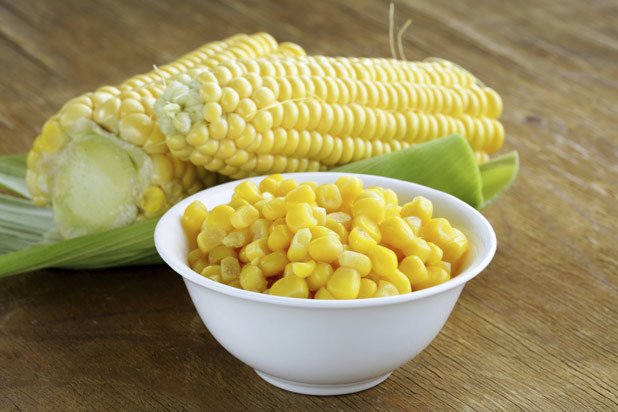10 Foods That Are Better Outside The U.S. (Slideshow)
Hot Dogs / Bratwurst
The hot dog / bratwurst was brought to the U.S. by German immigrants (known in Germany as brätwurst) — the original version is a lot chunkier and more finely spiced, and many argue it also uses considerably better quality meat. The result is a more flavorful sausage that's a lot more than just a fast food. Brätwurst is a big feature in German cooking and there are countless varieties, many of which are consumed solo (without the bun).
Noodles
While there are many great noodle dishes in the U.S. most Asian noodles, particularly Japanese udon (a type of wheat flour noodle), are much better in their birthplace — mostly because the flavors are more subtle and the noodles are incredibly fresh (often made from scratch). The type of flour used is also less refined, all of which add to the overall taste and quality of the food.
Chocolate
In the past it's been called the Great Transatlantic Chocolate Divide... we all have fond chocolate memories from childhood, so whether you hail from America, Europe, or elsewhere, chances are you have a deep and abiding love of the chocolate you grew up eating. But objectively most chocoholics feel that chocolate in the U.S. is just not as delicious or decadent as it is abroad. This may have a lot to do with the ingredients used (milk powder as opposed to fresh milk, and using high-fructose corn syrup rather than regular cane sugar) or the manufacturing process; either way, the debate rages on over whether American chocolate is too sweet and not creamy enough, or just too "gritty" to compare with its European counterparts.
Eggs
You may not realize that there is actually a big difference between American and European eggs (particularly British eggs). You'll notice it next time you're in the supermarket: Americans get their eggs from the fridge section, while in most other places it is not refrigerated or even washed. European food safety standards don't allow their eggs to be washed because it encourages better cultivation practices on farms (in other words, right from the start your farm needs to be cleaner because you can't wash away the evidence if it isn't). American FDA rules, on the other hand, ensure the eggs are washed to get rid of bacteria — the washing process, which includes being sprayed with chemical sanitizer, removes the outer cuticle that protects the egg, making it necessary to refrigerate the eggs before sale. On the whole, British eggs are deemed the better product — the yolks are yellower (almost orange) and the egg tastes far richer and more flavorful.
Döner Kebabs
Traditionally a Turkish food, the döner kebab, which consists of pieces of finely spiced-and-sliced meat on a skewer, is now enjoyed around the world as the perfect fast food snack or late night indulgence. And, as with most foods that have become popular around the world, the quality is just not as good as it is in Turkey and the Mediterranean region. As a point of national pride the Turkish kebab uses the best quality meat (mostly lamb) available and is subtly flavored with spices from the region. Kebabs in the U.S. are simply not made that way and so lack the complexity of flavor.
Bread
American bread (not counting the artisanal breads produced by specialty bakers) is highly processed and contains more additives than bread produced elsewhere. While not all of these additive are bad (vitamins including Vitamin D, added fiber, and fatty acids are sometimes added) many are (added salt for taste and that high-fructose corn syrup, again), making U.S. bread on the whole not as good as bread made outside the country.
Coca Cola
It's no secret that even though Coca Cola is a fairly standardized product, it does taste slightly different depending on where you are in the world, and it usually comes down to one reason: U.S. Coca Cola uses high-fructose corn syrup and the rest of the world (mostly) uses cane sugar... while neither are exactly healthy ingredients, it does make big difference in taste.
Steak
When it comes to the question of which country has the better t-bone, the rest of the world has some serious beef with U.S. steak. American beef is banned from sale in Europe because of the growth hormones generally given to cattle, which makes the animals bigger, makes cows produce more milk, and, on the whole, is believed to diminish the quality of the product. The FDA stands by the safety of American beef, but the rest of the world doesn't agree, and many feel the taste and quality doesn't hold a candle to steaks hailing from Japan, Europe, and Argentina.
Corn
U.S. corn and soybeans are mostly genetically modified stock, which allows for bigger batch yields to meet the growing demand. While there is currently a furious global debate underway over the health side effects of eating GM crops, what is apparent is that they are not as flavorful as corn and maize produced elsewhere in world, including Europe, China, and Africa.
Pizza
Pizza lovers in the U.S. will defend their favorite pie to the death (probably), but there is truth to that common belief that the best pizza and pasta comes from Italy. That's not to say all Italian pizza is great, but generally the ingredients used are fresher and locally sourced (which immediately means better flavor and quality, and it make it healthier), which makes all the difference — and that also means that pizza in the U.S. generally is not quite as delicious.
